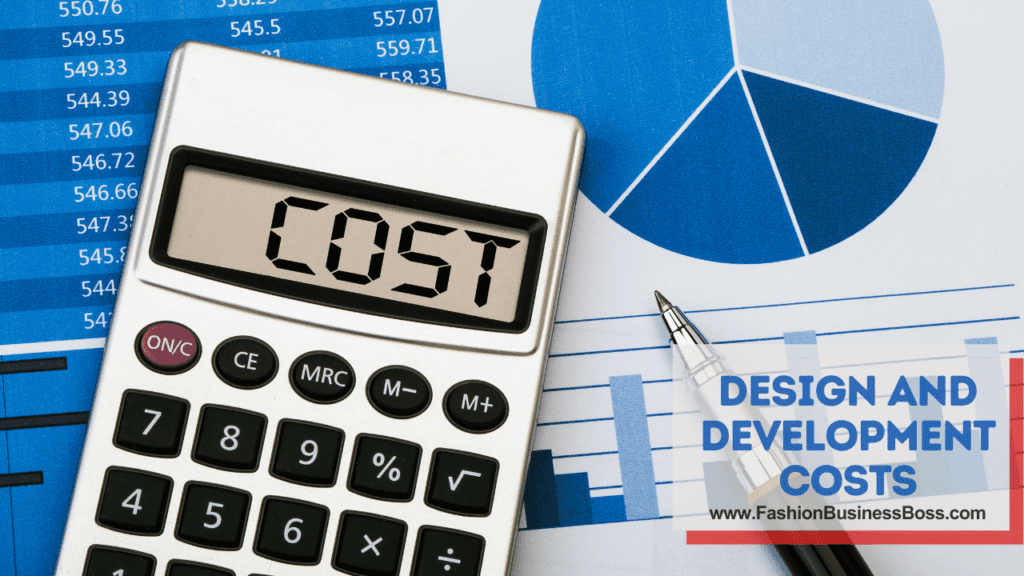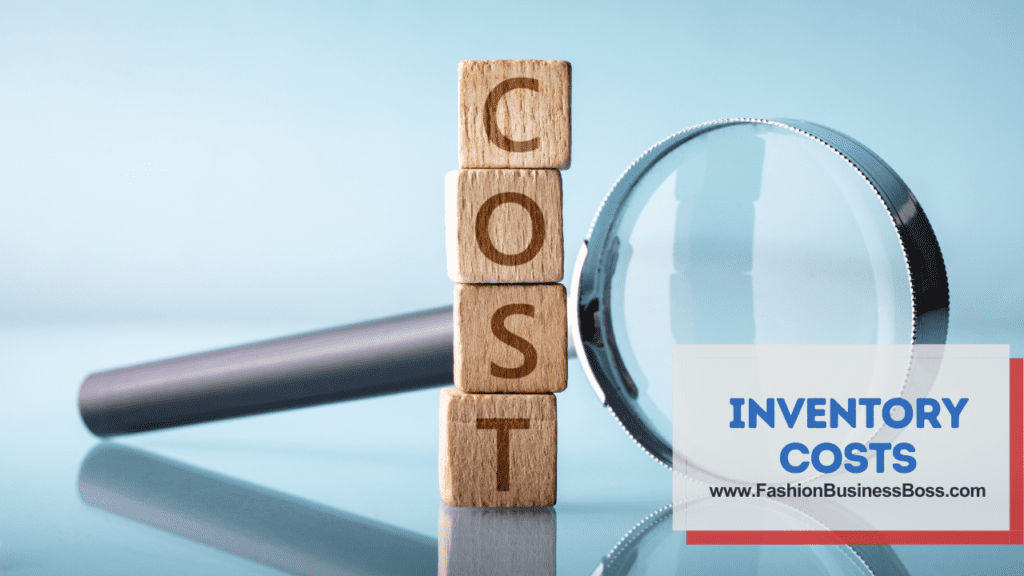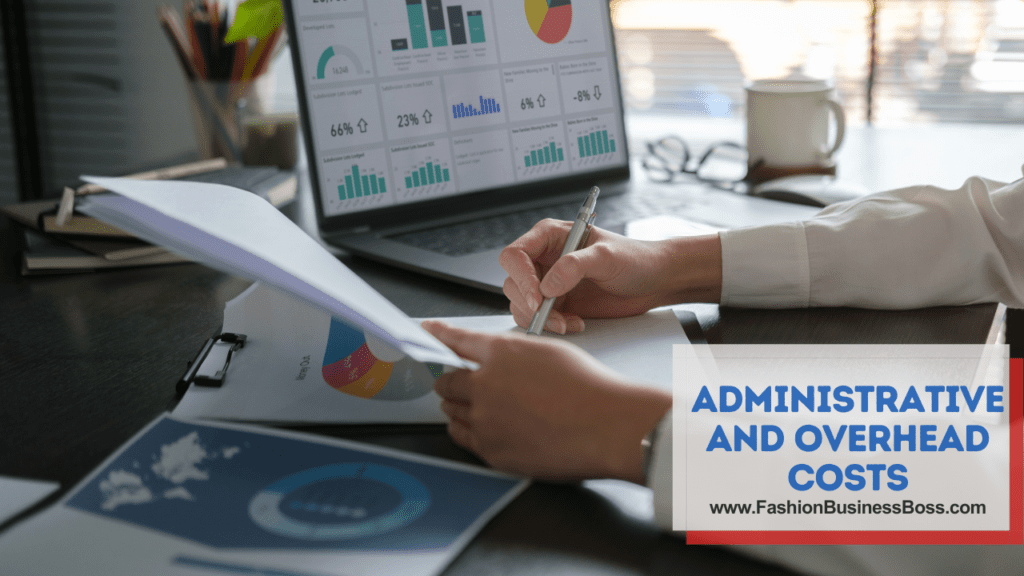Launching your own clothing brand is a thrilling journey, filled with creativity and entrepreneurial spirit. But before you can see your designs gracing the racks of boutiques or the pages of online stores, you need to understand the financial landscape of starting a clothing brand.
To launch a clothing brand, budgeting is key. Costs span design, manufacturing, branding, legalities, and more. Careful planning ensures your fashion dream takes off on the right financial foot.
In this article, we’ll break down the various costs involved, helping you navigate the path to fashion brand improvement.
Design and Development Costs

Creating the essence of your clothing brand starts with the design phase. The expenses associated with this phase involve two main aspects:
Designing
This is where your brand’s visual identity takes shape. You have two options here: hire a fashion designer or handle the design work yourself. Hiring a designer can range from $500 to $5,000 or more, depending on their experience and reputation. If you choose to design on your own, you’ll still need to factor in costs for software tools like Adobe Creative Suite, which can range from $20 to $50 per month. Designing also incurs expenses for materials like sketchbooks, pencils, or digital drawing tablets.
Read more about: Stylish Beginnings: Best Shirts to Start Your Clothing Line
Prototyping
After your designs are complete, it’s essential to create sample garments to test their practicality, fit, and overall quality. Prototyping costs can vary widely depending on the complexity of your designs and the materials used. On average, prototyping can range from $500 to $2,000 per sample, including materials and labor. Keep in mind that the more samples you need, the higher the cost.
By understanding these design and development costs, you’ll be better prepared to allocate your budget effectively in the early stages of your clothing brand startup.
Manufacturing and Production Costs
Once your designs are finalized, it’s time to bring your clothing brand to life. This phase involves several key cost components:
Fabric and Materials
To create your clothing line, you’ll need to source quality fabrics and materials. The cost of these materials can vary widely depending on your choices. Basic fabrics may cost around $5 to $10 per yard, while specialty or eco-friendly materials can be significantly more expensive, ranging from $20 to $50 per yard or even higher. Also, you’ll need other materials like buttons, zippers, and thread, which can add to your expenses.
Manufacturing
The actual production of your clothing items can be a substantial cost. The price of manufacturing varies based on several factors, including location and production methods. Overseas manufacturing can be cost-effective, with labor costs lower in some countries. On average, manufacturing costs can range from $10 to $30 per garment, including labor and materials.
Labor
Skilled labor is crucial for crafting your clothing pieces. You’ll need to pay seamstresses, pattern makers, and quality control personnel. Labor costs vary, but a rough estimate is $12 to $20 per hour for skilled workers, depending on their experience and location.
By understanding these manufacturing and production costs, you’ll be better equipped to budget for this essential phase of your clothing brand startup.
Branding and Marketing Costs

Building a recognizable brand is essential for your clothing line. Here’s a breakdown of the associated expenses:
Logo and Branding
Your brand’s logo, packaging, and labels are vital for creating a strong brand identity. Designing a professional logo can cost between $300 to $1,500, depending on the complexity and the expertise of the designer. Packaging and label design costs can range from $200 to $1,000, considering design revisions and printing expenses.
Read more about: Tailored to You: How to Begin Crafting Your Clothing?
Marketing and Promotion
To get your clothing brand noticed, you’ll need a marketing budget. Some key marketing expenses include:
Social Media Advertising
Advertising on platforms like Instagram and Facebook can cost between $5 to $20 per day, depending on your target audience and campaign objectives.
Influencer Partnerships
Collaborating with influencers can be an effective strategy. Depending on an influencer’s reach and engagement, fees can range from $50 to $500 or more per post.
Website Development
Building an appealing and functional e-commerce website is crucial. Costs can vary significantly, but a basic website might cost around $1,000 to $3,000, including design and development.
Understanding these branding and marketing costs will help you allocate your budget wisely to establish a compelling brand presence and reach your target audience effectively.
Legal and Licensing Fees
Ensuring the legal foundation of your clothing brand is crucial. Here’s a clear breakdown of the associated expenses:
Business Registration
To operate your clothing brand legally, you’ll need to register it as a legal entity. The cost of business registration varies by state but generally falls within the range of $100 to $500. This step ensures that your brand complies with local regulations and can conduct business legitimately.
Trademarking
To safeguard your brand name and logo, trademark registration is essential. The cost for trademarking can range from $225 to $400 per class of goods or services. This step protects your brand from potential infringements and establishes your exclusive rights to your brand identity.
By understanding these legal and licensing fees, you’ll be better prepared to navigate the legal aspects of your clothing brand startup. Allocating funds for these crucial steps not only protects your brand but also provides a solid legal framework for your business to operate smoothly.
Inventory Costs

Stocking your clothing brand with inventory is a crucial step. Here’s a breakdown of the expenses involved:
Initial Inventory
Before launching your brand, you’ll need to build up an initial stock of clothing items. The cost of your initial inventory depends on the variety of designs and the number of pieces you plan to offer. On average, this cost can range from $5,000 to $20,000 or more, considering the types of clothing and quantities you intend to have available at launch.
Read more about: The Art of Apparel: Your Clothing Line Business Plan
Storage and Warehousing
After you’ve procured your inventory, you’ll need a place to store it. Storage and warehousing expenses can vary based on the location and the size of your inventory. If you choose to store inventory yourself, you’ll need space and shelving, which can cost around $200 to $500 per month. Alternatively, using a third-party fulfillment service may range from $1 to $5 per item stored, depending on the provider.
Understanding these inventory costs is essential for budgeting and ensuring you have enough stock to meet demand while managing storage expenses efficiently.
Shipping and Fulfillment Costs
Once your clothing items are ready to be sent to customers, you’ll encounter various expenses associated with shipping and fulfillment:
Packaging
Packaging is a crucial part of your brand’s presentation. You’ll need to budget for packaging materials such as boxes, envelopes, tissue paper, and branded stickers. These expenses can vary based on the quantity and size of your orders, but on average, they can range from $1 to $3 per order, including materials and design costs.
Shipping
Shipping costs depend on factors like the destination, package weight, and shipping method. You’ll need to calculate shipping fees for both domestic and international orders. Shipping rates can vary significantly, but to give you a ballpark figure, domestic shipping within the United States might cost between $5 and $15 per order, while international shipping can range from $15 to $40 or more per order.
Understanding these shipping and fulfillment costs is crucial for setting competitive shipping rates for your customers while ensuring that your packaging aligns with your brand’s image. Properly managing these expenses ensures smooth order processing and customer satisfaction.
Administrative and Overhead Costs

Running your clothing brand involves various administrative and overhead expenses. Here’s a breakdown of these essential costs:
Office Space
If you’re not operating from a home office, you’ll need to consider the costs of renting a workspace. Office space expenses can vary significantly based on location and size. In some areas, monthly rent for a small office can range from $500 to $1,500 or more. Don’t forget to factor in utilities like electricity, water, and internet, which might add an extra $100 to $300 per month.
Read more about: The Art of Branding: How to Make a Business Plan for Your Clothing Line?
Insurance
Protecting your business against unexpected events is vital. Business insurance costs depend on factors such as the type of coverage and the size of your clothing brand. On average, insurance premiums can range from $500 to $2,000 or more annually.
Accounting and Legal Services
To manage your finances and ensure legal compliance, you may need professional services. Hiring an accountant for bookkeeping and financial guidance can cost between $500 to $2,000 per month, depending on your needs. Legal services, including consultations and contract drafting, might range from $1,000 to $5,000 or more annually.
Understanding these administrative and overhead costs is crucial for budgeting and maintaining the smooth operation of your clothing brand while complying with legal requirements and protecting your investment.
Contingency Budget
In the unpredictable world of business, it’s essential to prepare for the unexpected. One way to do this is by creating a Contingency Budget, which serves as a financial safety net. Here’s a straightforward explanation:
Emergency Fund
Think of your Contingency Budget as an emergency fund for your clothing brand. It’s like having spare cash set aside for unforeseen expenses or setbacks that can occur at any time. The amount you allocate to this fund can vary, but a general rule of thumb is to set aside at least 10% to 20% of your total startup budget.
Having an Emergency Fund ensures that you can handle unexpected challenges without jeopardizing your brand’s financial stability. These challenges could be anything from a sudden increase in manufacturing costs to unexpected repairs for equipment. By setting aside this buffer, you’ll be better prepared to navigate the ups and downs of launching and growing your clothing brand.
Conclusion
Launching a clothing brand is undoubtedly a creative endeavor, but it’s equally crucial to approach it with a sound financial plan. Remember that these costs can vary widely based on your brand’s scale and vision. It’s always a good idea to research and plan meticulously to avoid any unpleasant surprises along the way.
Frequently Asked Questions

Q: What are the typical expenses involved in starting a clothing brand?
A: Typical expenses include design and prototyping, manufacturing, branding, legal fees, inventory, marketing, website development, and overhead costs.
Q: How can I estimate the initial inventory needed for my clothing brand?
A: Estimating initial inventory depends on your product range and expected demand. Consider factors like launch scale and variety of designs.
Q: What is the significance of trademarking in the clothing brand industry?
A: Trademarking protects your brand’s name and logo, preventing others from using them without permission, ensuring brand identity security.
To learn more about starting your own clothing business, check out my startup documents here.
Please note that the contents of this blog are for informational and entertainment purposes only and should not be construed as legal advice. Any action taken based on the information provided in this blog is solely at your own risk. Additionally, all images used in this blog are generated under the CC0 license of Creative Commons, which means they are free to use for any purpose without attribution.

Meet Shawn Chun: Entrepreneur and Fashion Business Fan.
I’m a happy individual who happens to be an entrepreneur. I have owned several types of businesses in my life from a coffee shop to an import and export business to an online review business plus a few more and now I create online resources for those interested in starting new ventures. It’s demanding work but I love it. I do it for those passionate about their business and their goals. That’s why when I meet a designer or boutique owner at a craft fair, farmers market, retail location or anywhere else I see myself. I know how hard the struggle is to retain clients, find good employees and keep the business growing all while trying to stay competitive.
That’s why I created Fashion Business Boss: I want to help fashion business owners like you build a thriving business that brings you endless joy and supports your ideal lifestyle.

